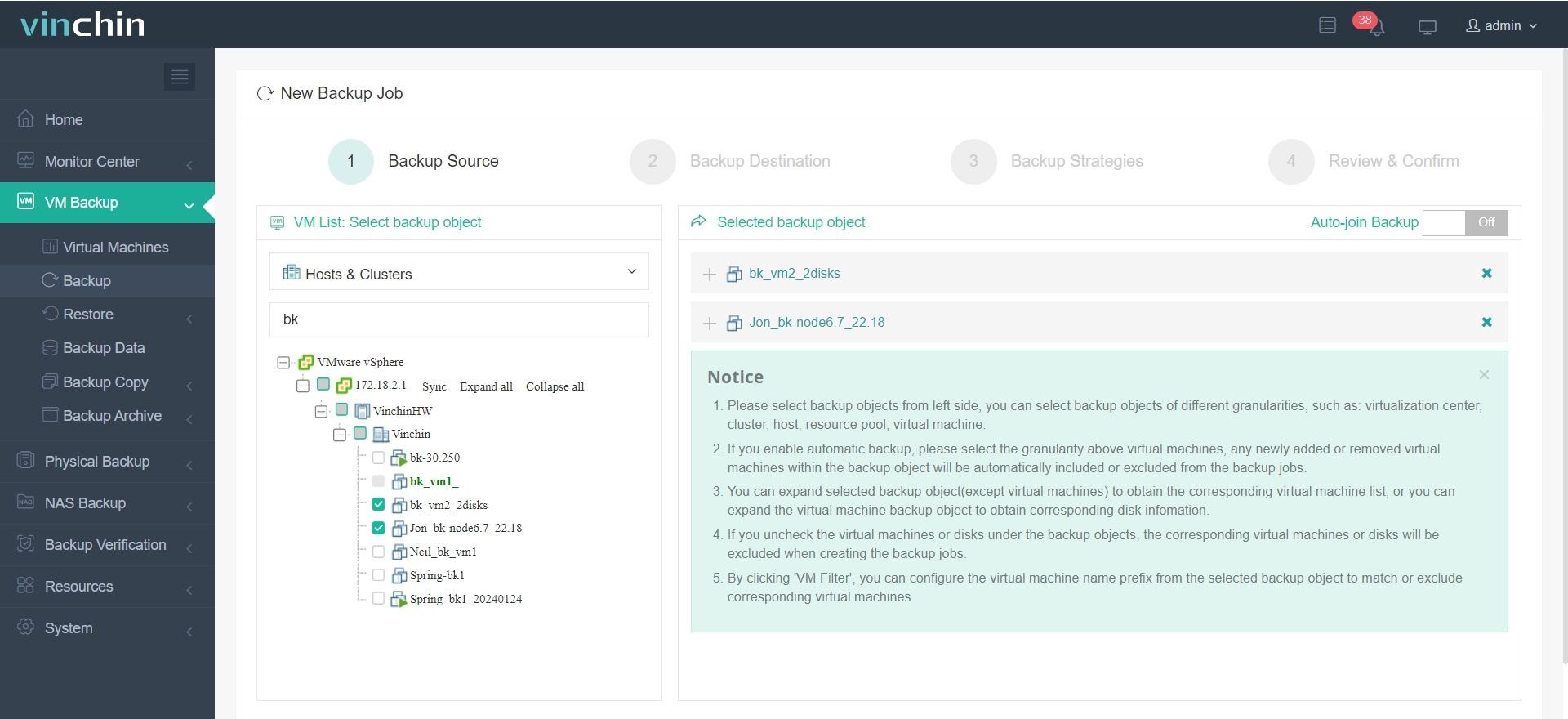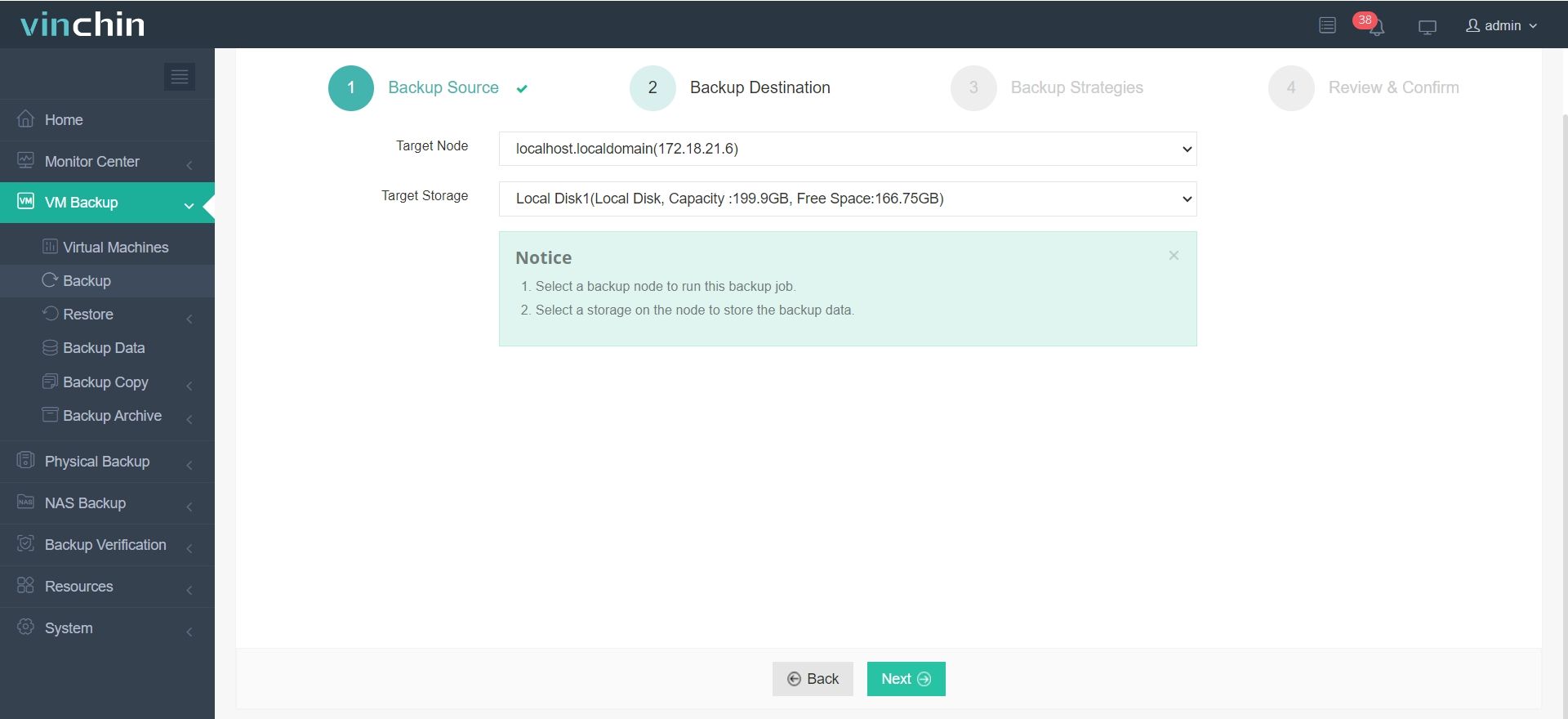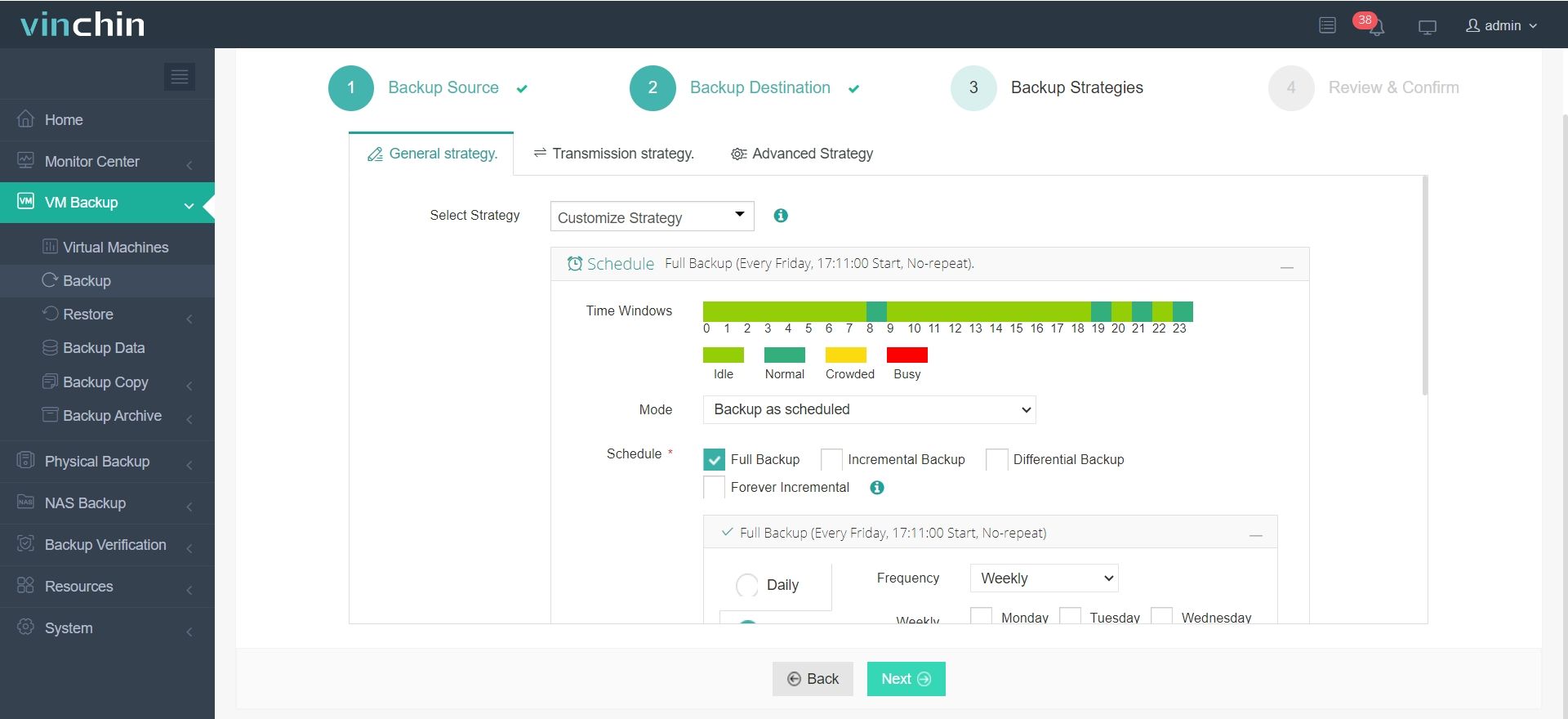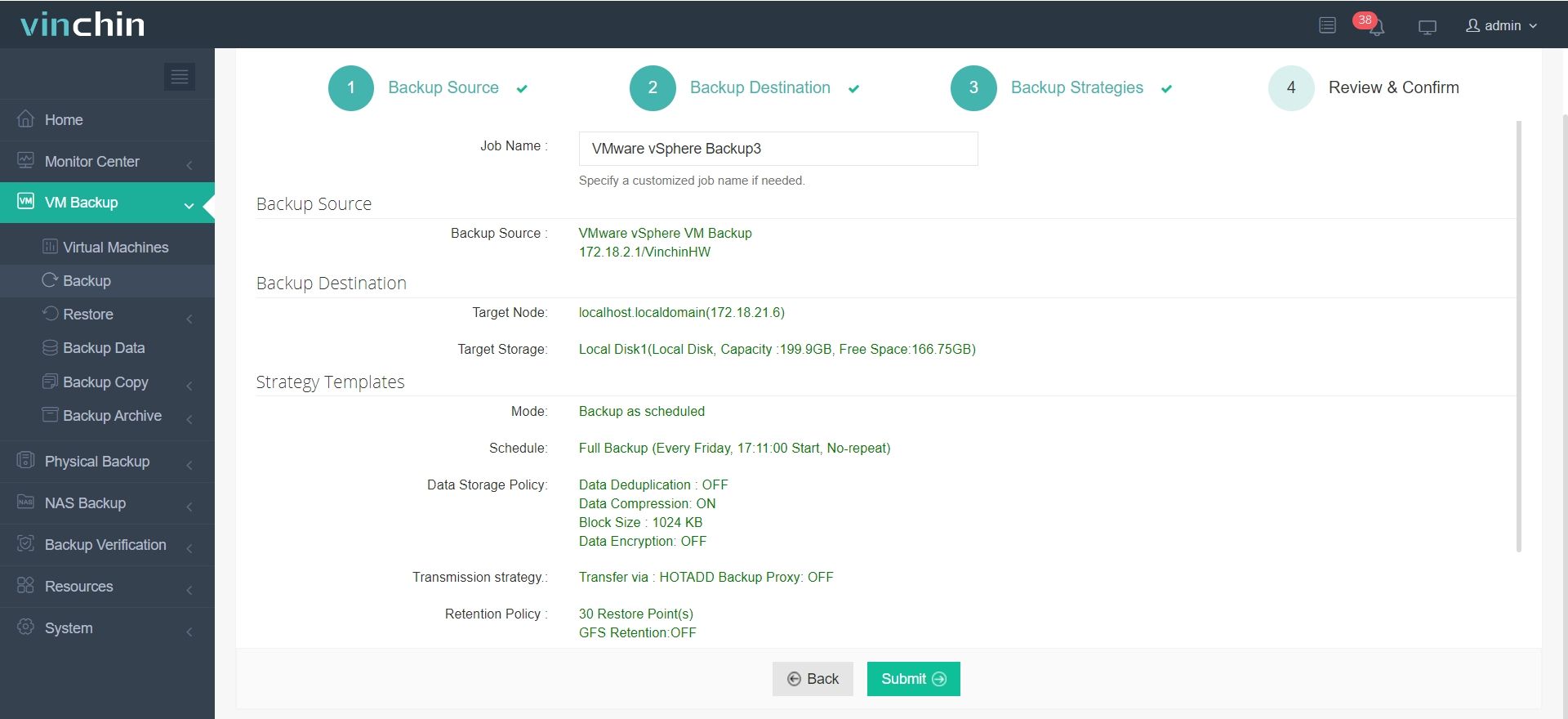-
What is a container?
-
What is a VM?
-
Differences between containers and virtual machines
-
Backup VM with Vinchin Backup & Recovery
-
Containers vs VM FAQs
-
Sum Up
Both containers and virtual machines are virtualization technologies for deploying, managing, and scaling applications and each of them has their own advantages and disadvantages. See what are the differences between them.
What is a container?
Containers offer a more lightweight and agile approach to VM because they don’t require a hypervisor and enjoy faster resource provisioning.
Using containers is not like starting the VMs because it packages together everything required to run a single application or microservices (along with the needed runtime libraries) not virtualizing and allocating hardware resources. Containers include all the code, its dependencies, and even the OS. This allows applications to run almost anywhere, like on physical machine or the cloud.
Containers use a form of OS virtualization. In short, they leverage the features of the host OS to isolate processes and control the processes’ access to CPU, memory, and disk space.
Advantages:
Less Resource Consumption: Containers take much less space than virtual machines and can easily limit the usage of memory and CPU. Unlike virtual machines that require guest OS deployed, containers are lightweight and easy to start. This allows rapid scaling and adding instances.
Collaborative Work: Containers are an excellent choice for implementing continuous integration and continuous deployment. They facilitate collaborative development by distributing and merging images among developers.
Disadvantages:
Not Enough Isolation: Containers can’t provide the same level of security and isolation as virtual machines because they share the host’s kernel.
Stability Issue: Containers offer process-level isolation so one container might potentially impact the stability of other containers by affecting the stability of the host’s kernel.
Data Loss: Once a container completes its task, it shuts down and deletes all data within it. If data needs to be preserved, it requires manual configuration to save the data using volumes.
What is a VM?
Virtual machine (VM) is a technology used to create the virtualized computing environment and can be regarded as the emulation of physical machine. VMs enable team members to run multiple operating systems on a single server and interact with the physical machine through hypervisor, a lightweight layer of software. Hypervisor can keep VMs separate from each other and allocate processor, memory, and storage between them.
VMs are also referred to as virtual servers, virtual instances, etc. This technology has been invented for a long time and is regarded as the foundation of first-generation cloud computing.
Advantages:
Less Cost: Virtual machines can reduce expenses on equipment by partitioning physical machine’s resources to run multiple virtual machines for various tasks.
Centralized Management: Since there is only one host, centralized management of the hypervisor can facilitate effectively managing the whole virtual environment. Isolated systems mean you can deploy different OS on different VMs.
Isolated Environment: Virtual machines are isolated from the host operating system, so it provides a secure environment for experimentation and development.
Disadvantages:
Quick Resource Consumption: Creating virtual machines can consume a significant amount of storage of the host. Running a single Guest OS requires running a guest OS and related hardware resources which consumes the RAM and CPU of the host quickly.
Complicated Migration: VM migration is also complicated because it requires a proper virtual environment. As a result, the hypervisor and VM need to be migrated at the same time or new virtual environment is needed to be deployed.
Differences between containers and virtual machines
The main difference between containers and virtual machines are the locations of virtualization layer and the ways of using OS resources.
In the traditional virtual environment, hypervisor will virtualize the hardware resources of the host, resulting in that each virtual machine contains a guest OS, a (virtual) copy of the hardware to run the OS and partitions, and related libraries and dependencies and virtual machines with different OS can run on the same physical server. For example, a VMware VM can run alongside a Linux VM, and Linux VM can run next to a Microsoft VM.
Container won’t virtualize the underlying hardware while virtualizing the OS (typically Windows or Linux). Therefore, each container only contains the application and the related libraries and dependencies. Containers are smaller and faster than virtual machines and easier to move because they don’t need a guest OS in each instance but can simply leverage the resources of the OS of the host.
Like virtual machines, containers allow developers to increase the utilization of CPU and memory of the physical machines. However, containers go a step further because they also support microservices architecture, where application components can be deployed and scaled more finely. This is an attractive solution because individual components are dealing with loads, so there is a need to scale the entire monolithic application.
Backup VM with Vinchin Backup & Recovery
Vinchin Backup & Recovery is an excellent VM backup and disaster recovery supporting multiple virtualization platforms including VMware, Hyper-V, Proxmox, XenServer, XCP-ng, oVirt, RHV, OpenStack, etc.
It does not only provide backup and recovery features like scheduled backup, incemental backup, CBT, backup verification, ransomware protection, etc. but also makes VM migration easy.
Every job will be easily finished on a user-friendly web console. We will take VMware backup as the example:
Step 1. Select the VMware VM

Step 2. Select the backup strategies

Step 3. Select the backup strategies

Step 4. Submit the job

Vinchin Backup & Recovery has been selected by thousands of companies and has much experience in VM backup. You can start a 60-day full-featured free trial here. Also, contact us, leave your requirements, and then you will receive your tailored solution. We have established partnerships with reputable companies all over the world so if you would like to do a local business, you can select a local partner here.
Containers vs VM FAQs
What is a hypervisor?
A hypervisor, also known as a virtual machine monitor (VMM), is software, firmware, or hardware that creates and runs virtual machines by separating the host system from the VMs and managing the execution of the latter.
When should I use a virtual machine?
You can use VMs when you need full isolation, when running applications that require a complete operating system, or when you need to use different OS kernels.
Can containers run on any platform?
Containers are designed to be portable, so they can run on any platform that has a container runtime environment, such as Docker or Kubernetes, installed. This includes various Linux distributions, Windows, and macOS.
Sum Up
Both containers and virtual machines can provide environments for development. Containers are fast but less isolated whole virtual machines are more isolated but takes more resources. You can see the differences between them to select the proper technology for your business.
If you want to backup virtual machines, you can use Vinchin Backup & Recovery which supports multiple hypervisor and is easy to use. Don’t miss the free trial.
Share on:








